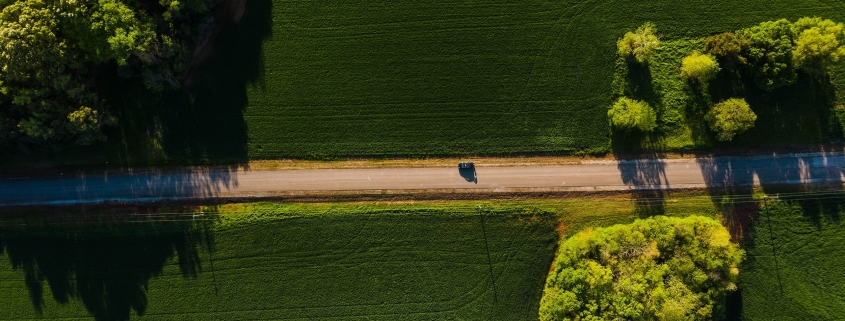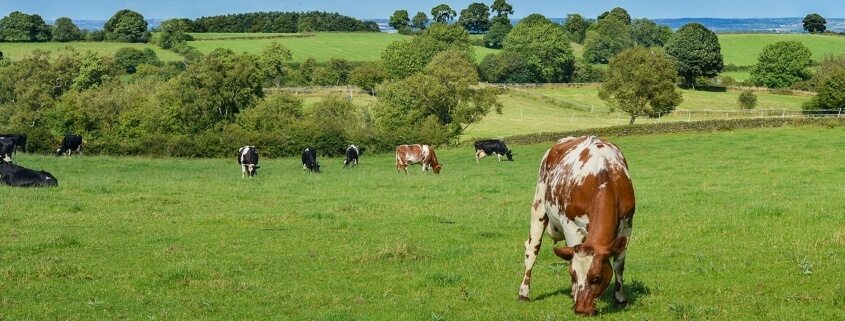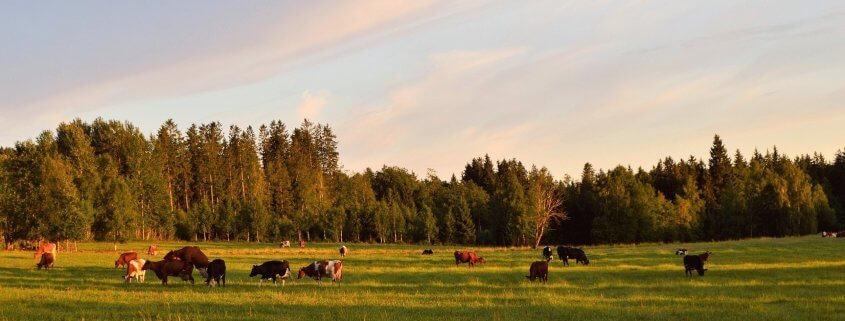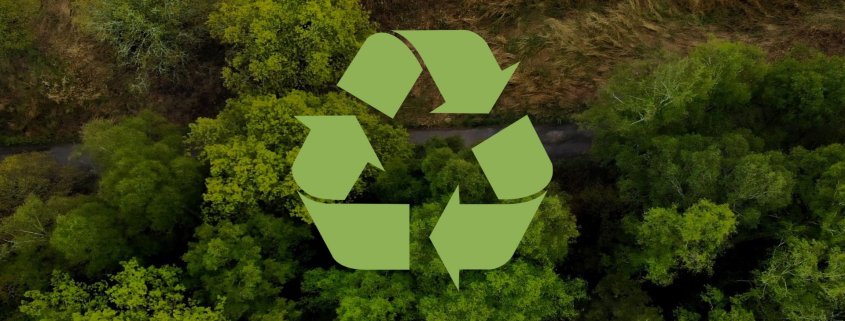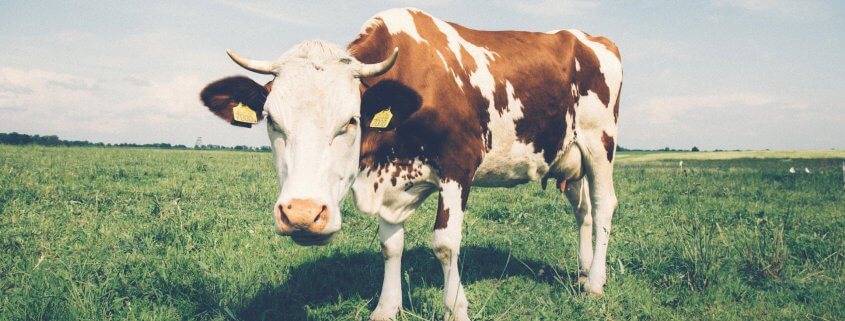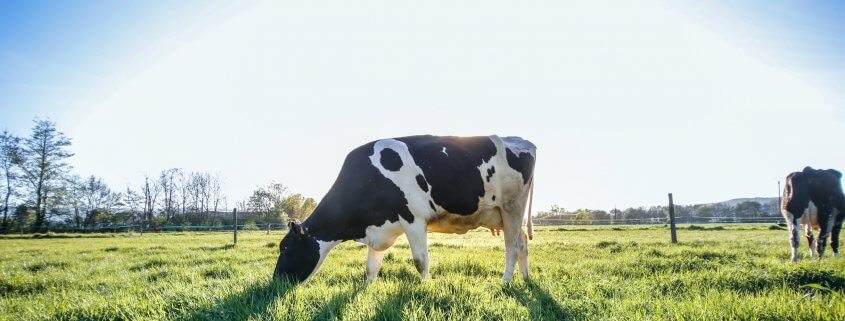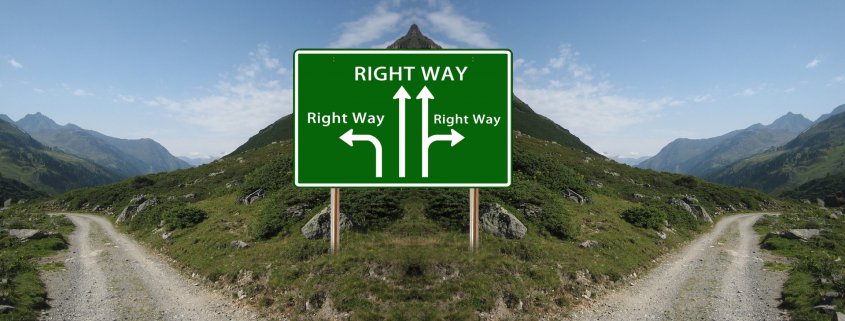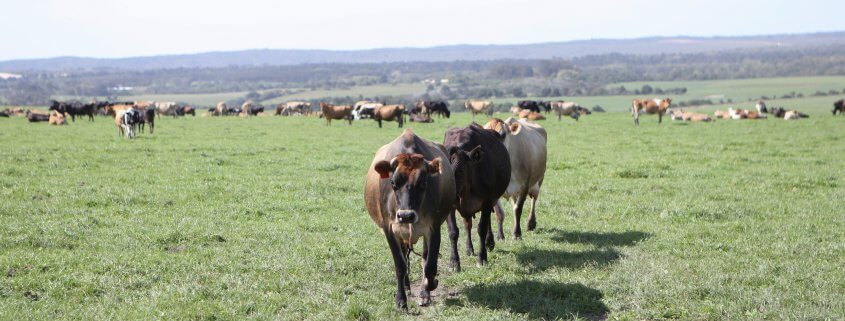Harnessing technology and data-driven management for sustainable farming
The integration of technology, satellites, and data management into agriculture has opened up exciting possibilities for the future, especially in the context of sustainable agriculture. For sustainable dairy farming, leveraging data, satellite insights, and advanced tools to optimize resource utilization, reduce waste, and protect the environment, is the future. The Trace & Save system, which has data-driven management at the centre of it, uses multiple measures of on-farm indicators to attain a trustworthy, holistic measure of agricultural sustainability. Let Trace & Save help you on your data-driven management journey towards sustainable agriculture.


